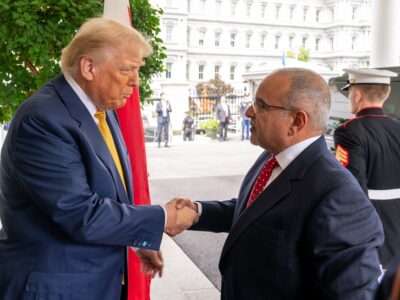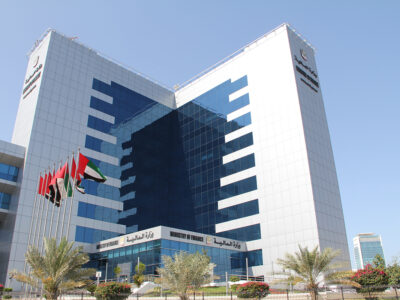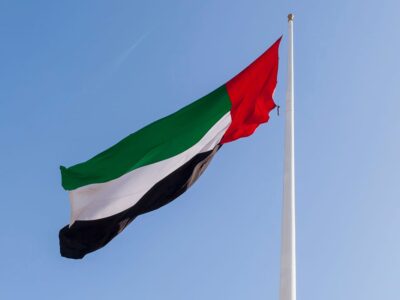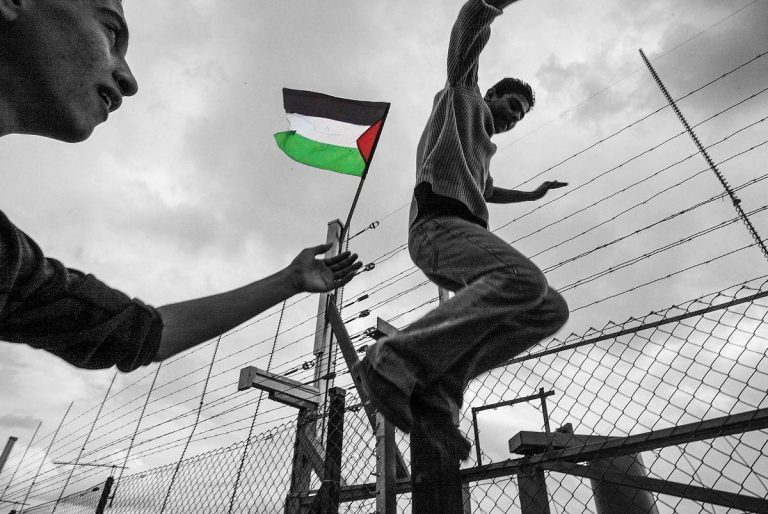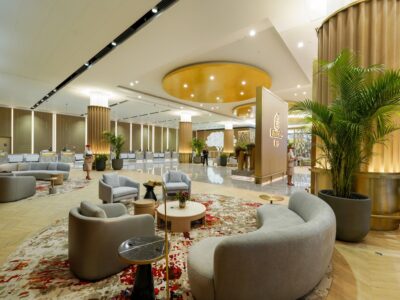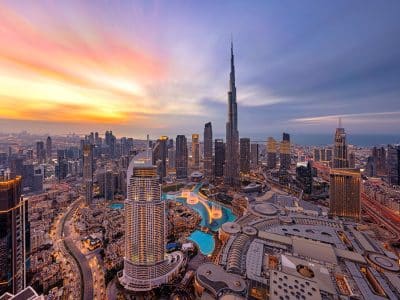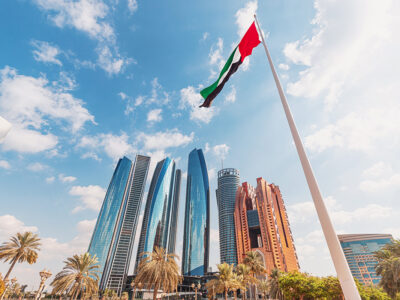Another extraordinary year has passed in the Arab world. A year in which, in cities across the region, relationships have developed, businesses have flourished and communities have thrived.
That same year, in other cities and towns, tragedy has struck, battles have been fought and communities have been broken. That two such divergent realities exist in one region is testament to the extraordinary time of upheaval that the Middle East is living through. At such a moment, perhaps it is no surprise to see such different realities reflected in the attitudes of young Arabs.
Asked whether, considering the past five years, things in their countries were generally going in the right or wrong direction, fewer Arabs than last year felt things were going well (52 percent in 2017 compared to 64 percent in 2016).
In a region where four countries are still gripped by major wars (Syria, Yemen, Iraq and Libya), that is hardly surprising. But when split into geographical areas, the findings look even more stark. In the GCC, an extraordinary 85 percent felt things were going in the right direction, while in the Levant and Yemen, the exact same percentage felt things were going in the wrong direction.
In North Africa, where some countries are stabilising (Egypt) alongside those still at war (Libya), the picture was more mixed, with slightly more (51 percent versus 42 percent) thinking their countries were moving in the right direction.
What we therefore see is the emergence of two Middle Easts. One where stability and prosperity have birthed a generation who believe even the sky is not the limit, and another where, in a matter of years, communities and cities that have thrived for centuries have broken apart.
This bifurcation of optimism into the haves and the have nots also projects into the future. Asked whether they agreed that “our best days are ahead of us” or “our best days are behind us”, fewer were optimistic overall (58 percent optimistic versus 71 percent last year).
Split for geography, GCC youth were most optimistic (78 percent), while youth in the Levant and Yemen were least (32 percent).
Here again is the tale of two Middle Easts. In one part, optimism and a belief in the future. In another, anxiety and fear. In the Arab world, optimism, satisfaction and even happiness appear to be split by geography.
Where you are born determines whether you will reach for the stars.

